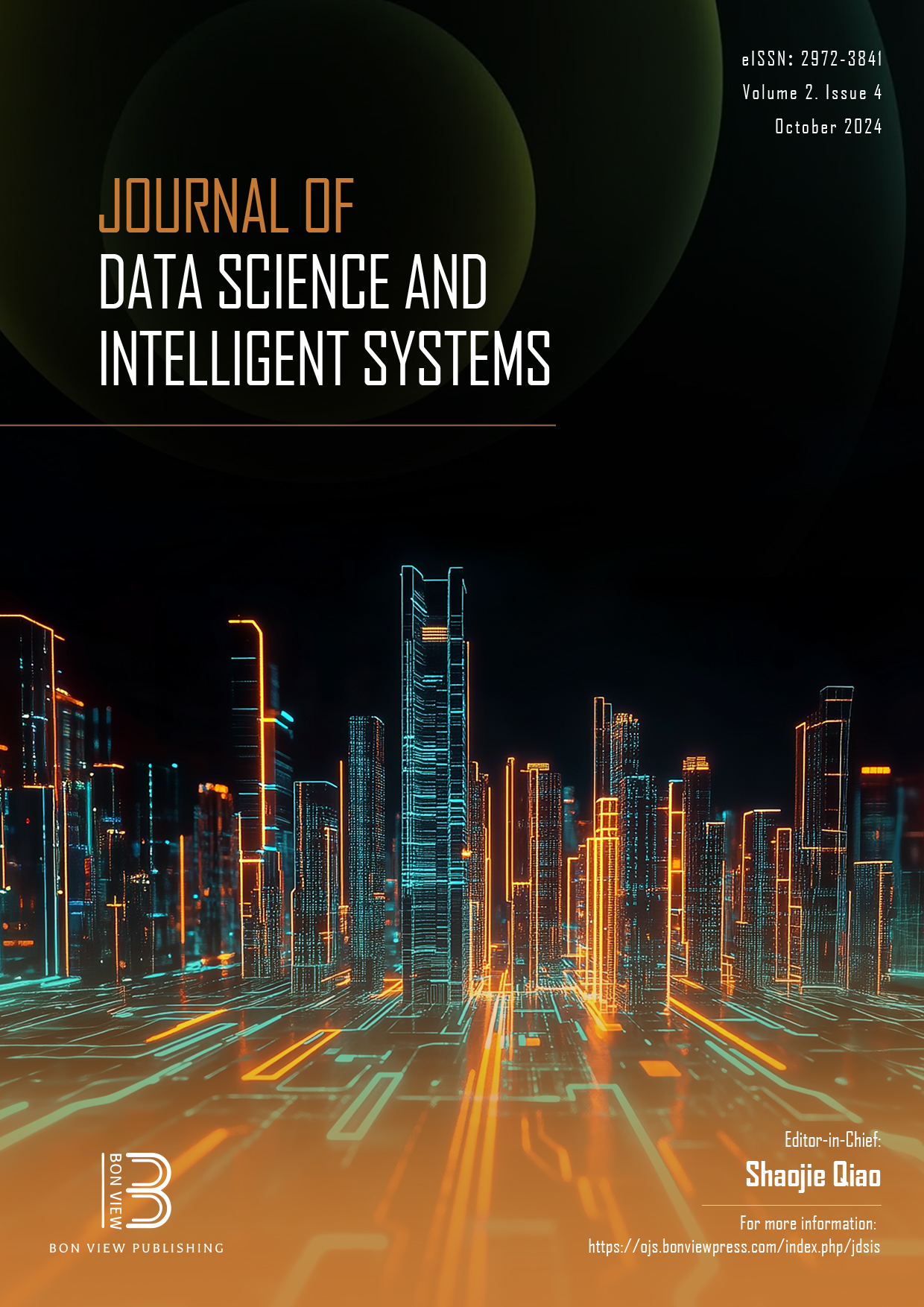Random Forest Ensemble Machine Learning Model for Early Detection and Prediction of Weight Category
DOI:
https://doi.org/10.47852/bonviewJDSIS32021149Keywords:
internally displaced persons (IDP) , random forest (RF) , ensemble learning, machine learning (ML) , weight category, predictionAbstract
The number of insurgents in our nation today is significantly rising each day, and the majority of those affected are living as internally displaced persons (IDP) in various IDP camps. These people experience a variety of health problems as a result of numerous factors. Due to financial difficulties and a lack of accessibility to healthcare facilities and medical professionals, these health risk factors may occasionally go undetected for long periods. BMI excesses, such as those in the underweight, overweight, and obese categories, are linked to several health issues, including low birth weight, poor quality of life, diabetes mellitus, cardiovascular diseases, and higher mortality. In the context of this paper, identifying the health status of IDPs depends critically on human body weight. Considering people living in IDP camps, early detection of the weight categories like underweight, overweight, and obese people is crucial because if not, they will be an early death or other health complications. To reduce mortality rates and other health complications that may result from improper and lately identifying underweight, overweight, and obese members in IDP camps, the researcher collected datasets from the IDP camps, trained, and developed a random forest (RF) ensemble model of supervised learning that will aids the medical practitioner in early detection and prediction of the weight category of IDPs. After hyper-parameter tuning and feature selection, the RF machine learning algorithms identify three significant parameters from the dataset's original 10 parameters to use as the model parameter. The highest accuracy obtained was 92% on the test dataset and 96% on the training dataset for the RF classifier using three features, while the accuracy of 83% was obtained on the test dataset and 87% on the training dataset for the RF classifier using ten features.
Received: 30 May 2023 | Revised: 1 August 2023 | Accepted: 25 September 2023
Conflicts of Interest
The author declares that he has no conflicts of interest to this work.
Data Availability Statement
Data sharing is not applicable to this article as no new data were created or analyzed in this study.
Author Contribution Statement
Samuel Iorhemen Ayua: Conceptualization, Methodology, Software, Validation, Formal analysis, Investigation, Resources, Data curation, Writing - original draft, Writing - review & editing, Visualization, Supervision, Project administration.
Downloads
Published
Issue
Section
License
Copyright (c) 2023 Author

This work is licensed under a Creative Commons Attribution 4.0 International License.


